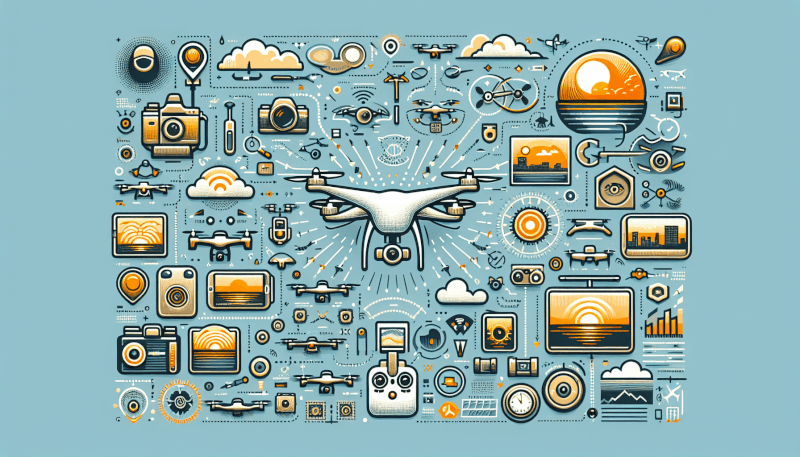If you’ve ever dreamt of capturing breathtaking aerial photos and videos from the comfort of the ground, then look no further than the world of RC aircraft. This article will guide you through the exhilarating process of capturing stunning visuals with an RC aircraft, turning your photography and videography aspirations into reality. Transforming your perspective from ground level to soaring heights has never been more accessible or exciting. Get ready to embark on an adventure that will elevate your creativity to new heights by harnessing the exhilarating power of RC aircraft.
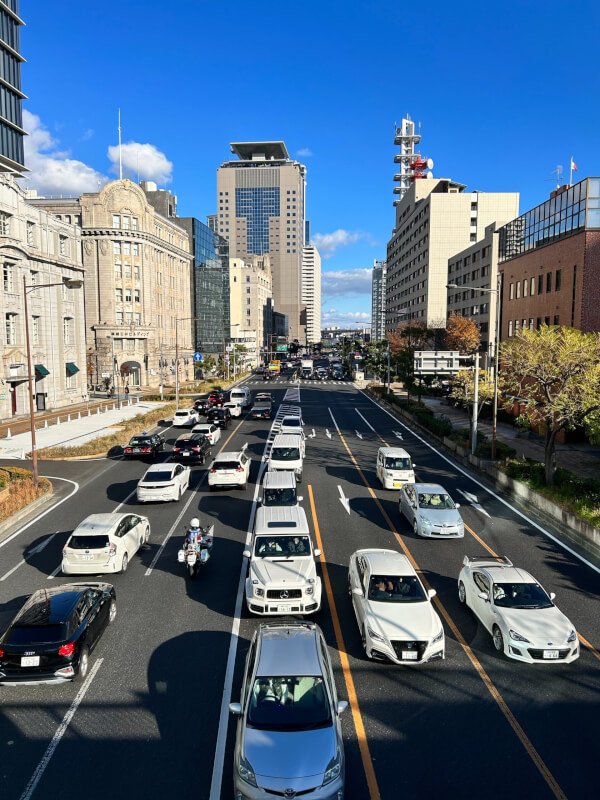
Choosing the Right RC Aircraft
Types of RC Aircraft
When it comes to choosing the right RC aircraft for capturing aerial photos and videos, you have several options to consider. The most common types of RC aircraft used for this purpose are drones and remote-controlled helicopters. Drones, also known as unmanned aerial vehicles (UAVs), come in various sizes and are equipped with built-in cameras or camera mounts. Remote-controlled helicopters, on the other hand, often require the attachment of a separate camera.
Considerations for Selecting an RC Aircraft
Before making a decision, there are a few key factors to consider. Firstly, you should think about the size and weight of the RC aircraft. A smaller and lighter aircraft may be more maneuverable, but it may also be less stable in windy conditions. Secondly, think about the camera capabilities of the aircraft. Some models come with high-resolution cameras, while others may allow you to attach your own camera. Additionally, consider the flight time and range of the aircraft, as well as the ease of control and overall durability.
Key Features to Look for
To ensure an optimal flying and photography/videography experience, there are a few key features to look for in an RC aircraft. Look for a model with GPS capabilities, as this will provide you with greater flight stability and positioning accuracy. Another important feature is a live video feed, which allows you to see what the camera is capturing in real-time. Additionally, consider the battery life, as longer flight times will allow you to capture more footage. Finally, opt for an RC aircraft with a sturdy and reliable construction to withstand any potential crashes or accidents.
Understanding Camera Systems
Different Types of Cameras
When it comes to aerial photography and videography with an RC aircraft, there are various types of cameras available. One option is to use a built-in camera that comes with certain drone models. These cameras are often designed specifically for aerial use and offer high resolutions and stability. Another option is to attach a separate camera to the RC aircraft. This allows you to have more control over the camera settings and upgrade to higher-quality cameras if desired.
Choosing the Right Camera for Aerial Photography/Videography
When selecting a camera for aerial photography or videography, there are a few important factors to consider. Firstly, the resolution of the camera is crucial for capturing clear and detailed footage. Look for cameras that offer at least Full HD (1080p) or even better 4K resolution. Secondly, consider the camera’s stabilization capabilities. A camera with built-in stabilization technology will help counteract any vibrations or movement caused by the RC aircraft, resulting in smoother footage. Lastly, think about the camera’s weight and size, as this will impact the overall stability and maneuverability of the RC aircraft.
Camera Mounting Options
Once you have chosen a suitable camera, you will need to consider how to mount it onto the RC aircraft. Many drones come with built-in camera mounts that are specifically designed to accommodate a particular camera model. These mounts often provide both stability and anti-vibration features to ensure smooth and steady footage. For remote-controlled helicopters or other aircraft without dedicated camera mounts, you will need to use a separate camera mount that attaches to the aircraft securely and provides the necessary stability.
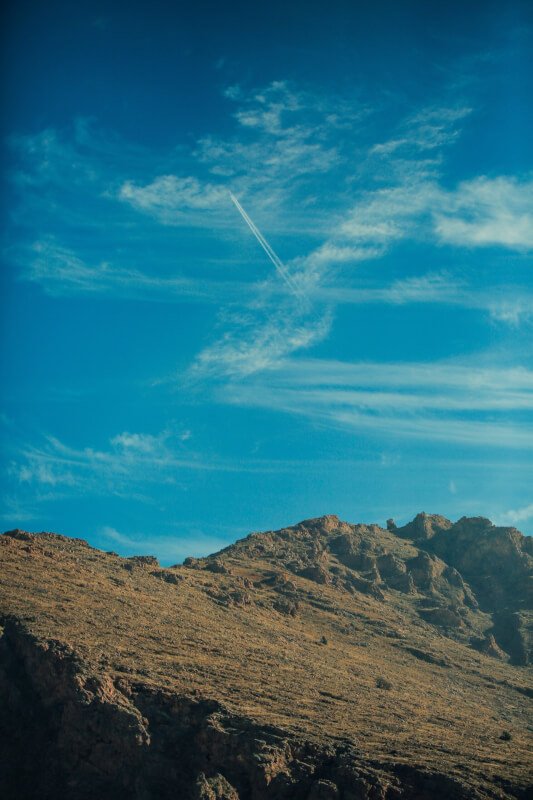
RC Aircraft Setup and Configuration
Battery and Power Management
Proper battery and power management are essential for a successful aerial photography/videography session. Start by ensuring that your RC aircraft’s battery is fully charged before every flight. It is also a good idea to have spare batteries on hand, especially if you plan on capturing footage for an extended period. Be mindful of the battery life and set a timer to avoid depleting the battery during flight. Additionally, consider investing in a battery charging hub to charge multiple batteries simultaneously and save time.
RC Controller and Receiver Setup
Before taking flight, it is crucial to properly set up and configure your RC controller and receiver. Start by checking the batteries in both the controller and receiver to ensure they are fresh and fully charged. Then, follow the instructions provided by the manufacturer to sync the controller to the aircraft’s receiver. Make sure all control surfaces are functioning correctly by performing a pre-flight control check. This will help ensure that your RC aircraft responds accurately to your commands during flight.
Connecting and Calibrating the Camera
Once your RC aircraft and controller are set up, it’s time to connect and calibrate the camera. If you are using a built-in camera, simply follow the manufacturer’s instructions for connecting it to the aircraft’s system. If you are using a separate camera, ensure that it is securely attached to the aircraft’s camera mount. Additionally, check the camera’s settings and make any necessary adjustments for optimal performance. Finally, calibrate the camera’s gimbal or stabilization system to ensure smooth and level footage during flight.
Flight Planning and Safety
Site Selection and Permissions
Before flying your RC aircraft for aerial photography or videography, it is important to choose a suitable site for your flight. Consider the location’s accessibility, open space, and absence of potential hazards such as power lines or buildings. Additionally, check if there are any local regulations or restrictions that prohibit flying in certain areas, such as near airports or in densely populated areas. If necessary, obtain any required permits or permissions from local authorities or landowners to ensure a safe and legal flight.
Understanding Flight Regulations
To fly your RC aircraft legally and responsibly, it is crucial to understand and follow the applicable flight regulations. Familiarize yourself with the regulations imposed by your country or region’s aviation authority. Some common regulations include maintaining a line of sight with the aircraft, flying below certain altitudes, and avoiding flying near crowds or sensitive areas. Stay updated on any changes in regulations and always adhere to them to ensure the safety of yourself and others.
Pre-Flight Checklist and Safety Measures
Before each flight, it is essential to go through a pre-flight checklist to ensure that everything is in working order and to minimize any potential risks. Some key items on the checklist should include checking the battery level, inspecting the aircraft for any damage or loose parts, and confirming that the controller is functioning correctly. Additionally, always perform an on-site safety assessment, such as surveying the area for obstacles, checking weather conditions, and notifying others in the vicinity of your flight intentions. Taking these precautions will help ensure a safe and successful flight.
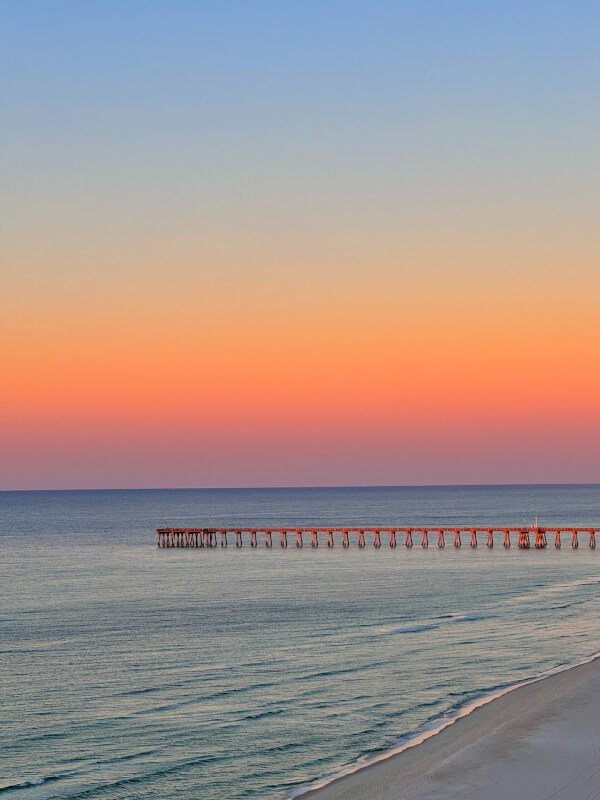
Basic Flying Techniques
Mastering the Controls
To capture stunning aerial photos and videos, it is important to master the controls of your RC aircraft. Familiarize yourself with the various buttons, sticks, and switches on the controller and understand their functions. Practice flying in a controlled environment, such as an open field, to gain confidence and improve your flying skills. Start with basic maneuvers, such as ascending and descending, and gradually progress to more advanced techniques. Remember to always fly within your skill level and never attempt maneuvers beyond your capabilities.
Hovering and Stable Flight
One fundamental skill for capturing stable aerial footage is hovering. Practice maintaining a stable hover by using gentle adjustments to counteract any drifting or tilting of the aircraft. Use the controller’s trim settings to fine-tune the aircraft’s stability and maintain a level flight. Once you have mastered hovering, practice flying in a straight line at a consistent altitude to further improve your control and stability. These skills will be valuable when it comes to capturing steady and smooth footage.
Taking Off and Landing Safely
Taking off and landing safely is crucial to protect both your RC aircraft and the camera equipment attached to it. To ensure a smooth takeoff, gently throttle up the aircraft until it reaches a stable altitude. Avoid sudden movements or jerks that may destabilize the aircraft. When it comes to landing, choose a suitable spot with enough open space and gently reduce the throttle to descend. Aim for a gentle touchdown to minimize any impact on the aircraft and camera. With practice, you will be able to perform these maneuvers with ease.
Capturing Stunning Aerial Footage
Composition and Framing
To capture truly stunning aerial footage, pay attention to composition and framing. Consider the elements in the frame and their arrangement. Look for leading lines, unique patterns, or interesting textures that can enhance the overall visual impact of your footage. Remember the rule of thirds by positioning key subjects or points of interest along the intersecting lines for a more visually appealing composition. Experiment with different angles and perspectives to add depth and dimension to your shots.
Utilizing Different Angles and Perspectives
One advantage of aerial photography and videography is the ability to showcase unique angles and perspectives. Experiment with different camera angles, such as top-down, straight down, or at an angle, to capture diverse and engaging shots. Look for opportunities to fly at different altitudes to get a bird’s-eye view or to capture a sweeping panoramic shot. Additionally, consider the use of wide-angle lenses to capture a broader perspective, or telephoto lenses to highlight specific details or subjects from a distance.
Leveraging Lighting and Weather Conditions
Lighting and weather conditions play a crucial role in creating stunning aerial footage. Golden hour, which is the period shortly after sunrise or before sunset, provides warm and soft lighting that can add a magical touch to your shots. Pay attention to the direction and intensity of the sunlight to create dramatic shadows or to capture a beautiful play of light and shadow. Avoid flying in harsh midday sunlight, as it can result in washed-out or overexposed footage. Additionally, be mindful of weather conditions such as wind, rain, or fog, as they can impact the stability and quality of your footage.
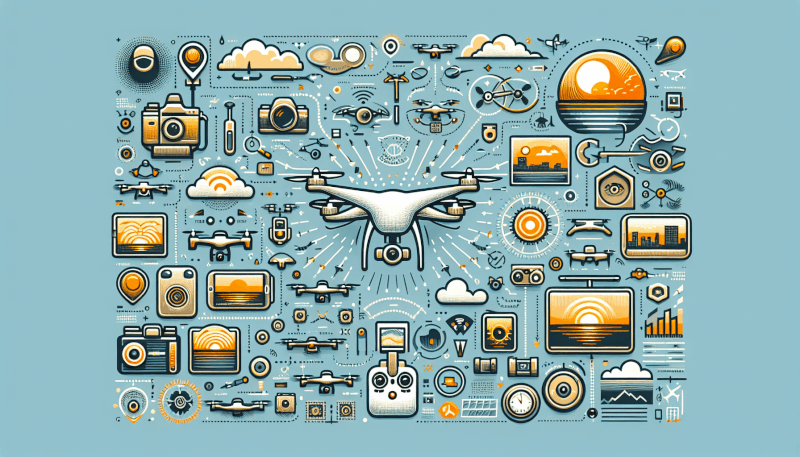
Tips for Aerial Photography
Adjusting Camera Settings
To achieve optimal results in aerial photography, it is important to adjust the camera settings according to the specific conditions and desired outcome. Start by setting the camera to the highest possible resolution for the best image quality. Consider adjusting the white balance to match the lighting conditions and to ensure accurate color reproduction. If shooting in low light situations, increase the ISO setting to prevent underexposed footage. Experiment with different settings and modes to find the best combination for the desired visual style.
Controlling Shutter Speed and Aperture
Controlling the shutter speed and aperture can greatly impact the look and feel of your aerial footage. In bright lighting conditions, use a faster shutter speed to freeze motion and capture sharp images. Conversely, in low-light situations or when aiming for a more cinematic look, opt for a slower shutter speed to introduce motion blur and create a sense of movement. Adjust the aperture to control the depth of field, allowing you to selectively focus on specific subjects or achieve a wide, sweeping focus.
Utilizing Filters for Enhanced Results
Filters are a valuable accessory for aerial photography as they can enhance the overall quality and appearance of your footage. UV filters can reduce haze and improve clarity, especially when shooting in bright sunlight. Neutral density (ND) filters are useful for controlling the amount of light entering the camera, allowing for longer exposure times to capture motion blur or to create a more balanced exposure. Graduated ND filters are particularly useful for balancing the exposure between the sky and land when capturing landscapes from an elevated perspective.
Video Recording Techniques
Choosing the Right Frame Rate and Resolution
When it comes to video recording with an RC aircraft, selecting the appropriate frame rate and resolution is crucial. Higher frame rates, such as 60 or 120 frames per second (FPS), are ideal for capturing smooth slow-motion footage. However, keep in mind that higher frame rates may require more storage space and processing power. On the other hand, lower frame rates, such as 24 or 30 FPS, are commonly used for cinematic effects and standard video playback. Choose a resolution that aligns with the capabilities of your camera and the desired output format, such as Full HD (1080p) or 4K.
Smooth Panning and Tracking Shots
Achieving smooth panning and tracking shots is essential for capturing professional-looking video footage. To achieve smooth panning, make slow and deliberate movements with the controller, ensuring that the camera is level and steady throughout the maneuver. Keep your movements fluid and avoid abrupt changes in direction or speed. When it comes to tracking shots, consider utilizing intelligent flight modes or waypoints available in some RC aircraft models. These features allow you to program the aircraft to follow a predetermined path or track a moving subject with minimal input required from the controller.
Editing and Post-Processing Tips
Post-processing plays a vital role in bringing out the full potential of your aerial footage. Start by transferring the footage to a computer or editing software, and then proceed with trimming or cutting unnecessary clips. Adjust the exposure, color balance, and saturation levels to achieve a desired look and to enhance the overall visual appeal of the footage. Consider adding music or voiceovers to create a more immersive experience. Experiment with different editing techniques and take advantage of software features that can further enhance the quality of your footage, such as stabilization or noise reduction.
Advanced Aerial Photography
Using GPS and Flight Modes
Advanced aerial photography techniques often involve utilizing GPS and flight modes available in certain RC aircraft models. GPS features can provide precise positioning, allowing you to execute more complex flight patterns or to return the aircraft to a specific location with ease. Flight modes such as follow me, orbit, or waypoint navigation provide added versatility and automation, enabling you to focus on capturing the perfect shot without constant manual control. Familiarize yourself with the specific capabilities and functions of your RC aircraft to take advantage of these advanced features.
Autonomous Flight and Waypoints
Autonomous flight and waypoint navigation are powerful features that can elevate your aerial photography to the next level. By setting up waypoints or a predetermined flight path, you can program your RC aircraft to fly autonomously, capturing footage at specific locations and angles. This allows for more precise and repeatable shots, as well as the ability to focus on controlling the camera settings or capturing dynamic shots. Take the time to plan your flight path carefully and experiment with different waypoints to achieve the desired results.
Advanced Camera Mounts and Stabilization Systems
Advanced camera mounts and stabilization systems can greatly enhance the quality of your aerial footage by reducing unwanted vibrations or movements. Three-axis gimbals are commonly used to stabilize the camera, ensuring smooth and level footage even during fast maneuvers. Look for gimbals with advanced stabilization technology, such as brushless motors or active stabilization systems, for the best results. Additionally, consider investing in a camera mount that allows for greater flexibility in adjusting the camera’s position and angle, enabling you to capture shots from various perspectives.
Legal and Ethical Considerations
Respecting Privacy and Safety
When capturing aerial photos and videos with an RC aircraft, it is important to respect the privacy and safety of others. Avoid flying over private property without permission and be mindful of people’s personal space. Respect any applicable privacy laws or regulations that may prohibit or restrict the use of RC aircraft for photography purposes in certain areas. Additionally, take precautions to ensure the safety of yourself and others by flying in designated areas, following flight regulations, and avoiding crowded or sensitive locations.
Understanding Local Laws and Regulations
To ensure compliance with local laws and regulations, it is essential to thoroughly understand the legalities surrounding RC aircraft use for aerial photography and videography. Familiarize yourself with the specific regulations imposed by your country or region’s aviation authority. Research any restrictions on flight altitudes, proximity to airports, or sensitive areas. Stay updated on any changes or updates to the laws to ensure that you are operating within the legal boundaries.
Obtaining Permits and Licenses
In some cases, you may need to obtain permits or licenses to legally capture aerial photos and videos with an RC aircraft. Depending on the location and the purpose of your flights, you may be required to obtain specific authorizations or permits from local authorities. These permits may involve providing details about the purpose of your flight, the areas you plan to fly in, and your experience level. Research the requirements and processes for obtaining permits in your area to ensure that you comply with all necessary legal obligations.
In conclusion, capturing stunning aerial photos and videos with an RC aircraft requires careful consideration and a good understanding of the equipment and techniques involved. By choosing the right RC aircraft and camera, setting up and configuring your equipment correctly, planning your flights with safety in mind, and employing a range of video and photography techniques, you can elevate your aerial photography experience to new heights. Always adhere to legal and ethical considerations and continue to learn and refine your skills to capture breathtaking aerial footage.

